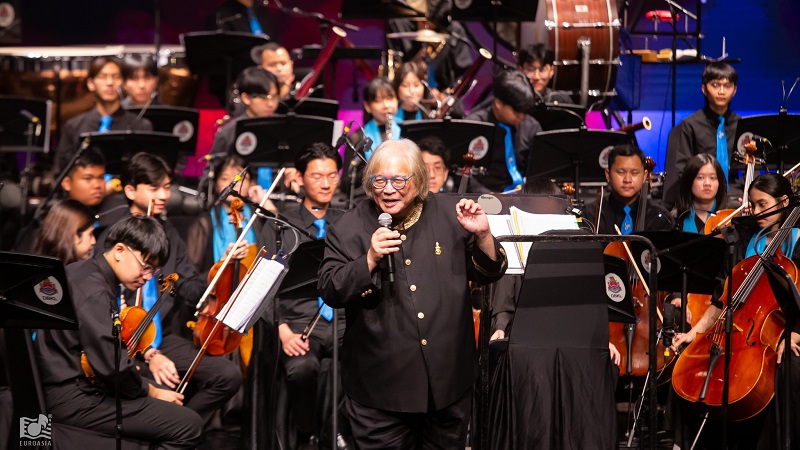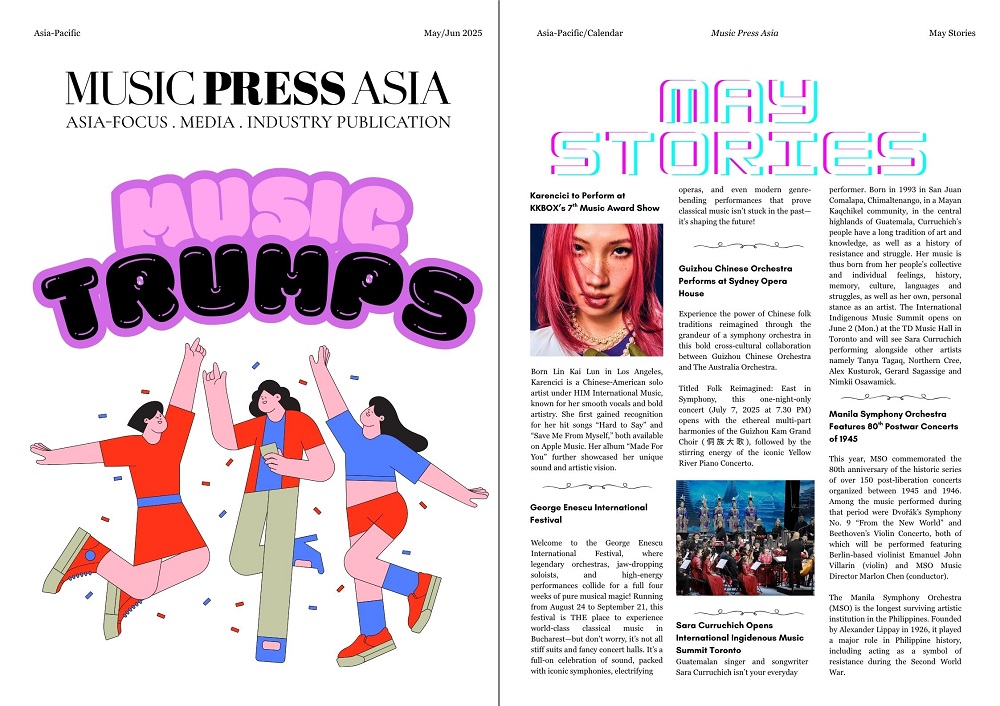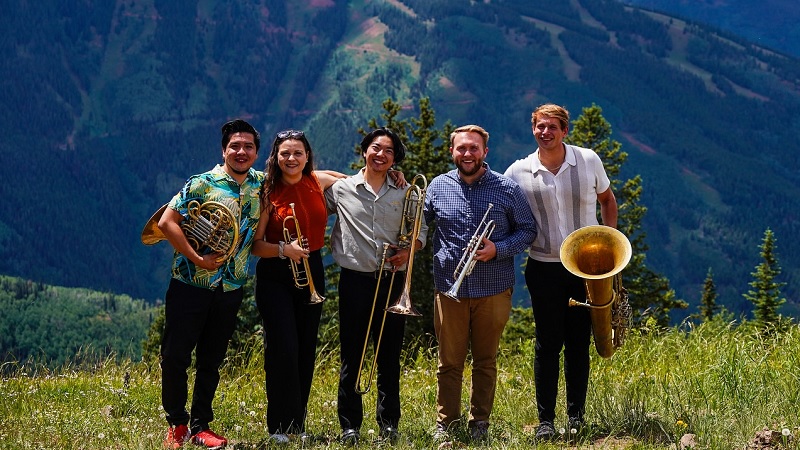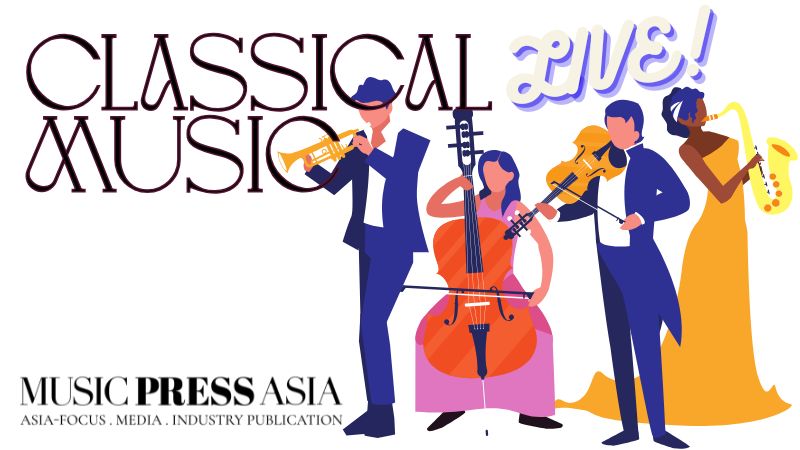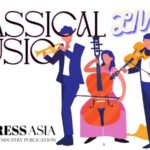A Brief Introduction To Everything Trumpet
INSTRUMENT SERIES: The trumpet is known for its loud blaring voice. In this series, we highlight the use of this brass instrument by prominent jazz and classical stars – from Miles Davis to Louis Armstrong. Featuring music scores written for the trumpet solo and ensemble, it has survived even art history.
INSTRUMENT SERIES: The trumpet is known for its loud blaring voice. In this series, we highlight the use of this brass instrument by prominent jazz and classical stars – from Miles Davis to Louis Armstrong. Featuring music scores written for the trumpet solo and ensemble, it has survived even art history.
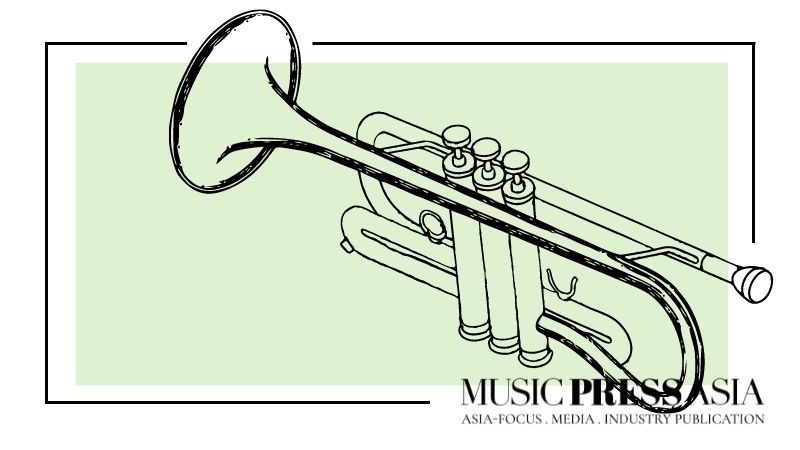
The trumpet, one of the oldest instruments in music dating back thousands of years, has come a long way since people first started playing animal horns.
Commonly used in classical and jazz ensembles, this brass instrument is constructed of brass tubing bent twice into a rounded oblong shape. As with all instruments made of brass, sound is produced by blowing air through closed lips, producing a “buzzing” sound into the mouthpiece
Within the trumpet group, it ranges from the piccolo trumpet – with the highest register in the brass family – to the bass trumpet, pitched one octave below the standard B♭ or C Trumpet.
From its humble beginnings as an instrument for military use, now it has many different roles in society. From classical orchestral playing to jazz improvisation, it can be found all over the world today in many different cultures.
YESTERDAY & TODAY
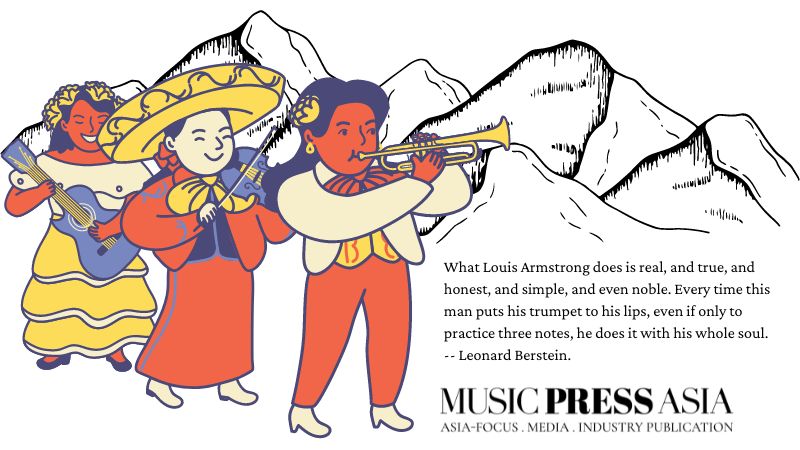
One of the most dynamic jazzmen of all time, Louis Armstrong was as famous as an entertainer as a trumpet player. He often sang the melody in many of his songs, and his unmistakable voice made him a household name in pop music and jazz. Armstrong had several smashes in his career, including “What a Wonderful World” and “When the Saints Go Marching In.”
Another trumpet superstar still living among us is Tine Thing Helseth. Helseth is a Norwegian trumpet from Osla. At age seven, she began playing trumpet and studied extensively at Barratt Due Institute of Music and the Norwegian Academy of Music. Helseth’s discography includes several impressive works for classical trumpet, and she also leads the all-female brass ensemble, tenThing.
LEGENDARY TRUMPET SOLOIST
Miles Davis has gone down in history not only as one of the greatest trumpet legends we’ve ever heard, but also as one of the best jazz composers and musicians overall. During his 50-year career, Miles Davis notably influenced an immense variety of styles and variants of jazz, from bebop or hardbop to avant-garde and rock-fusion jazz. The song Freddie Freeloader is considered one of the best, and most mellow, pieces by Davis. It has a certain complexity in some chords, and that is where his genius lies.
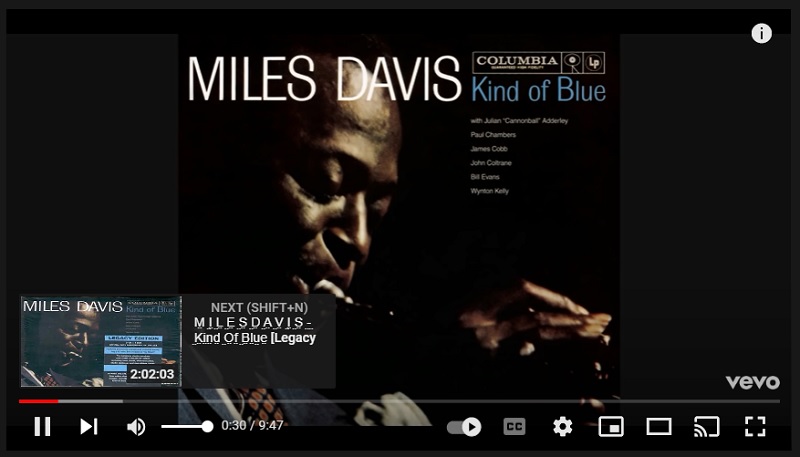
The song Ciribiribin was originally composed in the late 19th century by Alberto Pestalozza, but was performed by Harry James in 1939. It was soon selected among the best jazz singles ever due to its complexity and fantastic performance by James, a great trumpet master and big band conductor who influenced a broad generation of musicians to come. At the age of 10, James was introduced to the world of music through the famous Arban method for brass players by his father.
CLASSICAL TRUMPET
While Wen-chung Chou has composed the Soliloquy of a bhiksuni for trumpet with brass and percussion ensemble, there are many others who’d composed for this loud instrument.
In classical music, there is also much exquisite music written for the trumpet. For the orchestra, there is Michael Abels, American Variations on “Swing Low, Sweet Chariot” to Peter Maxwell Davies’ Trumpet Concerto. Even Philip Glass composed the Brass Sextet for trumpets, horns, trombone and tuba.
As for the brass ensemble, the infamous Joseph Turrin has expanded the trumpet’s repertoire, releasing the Jazzalogue, West Side Story Suite, and the Rhapsody Noel among many others.
TRUMPET SCORES
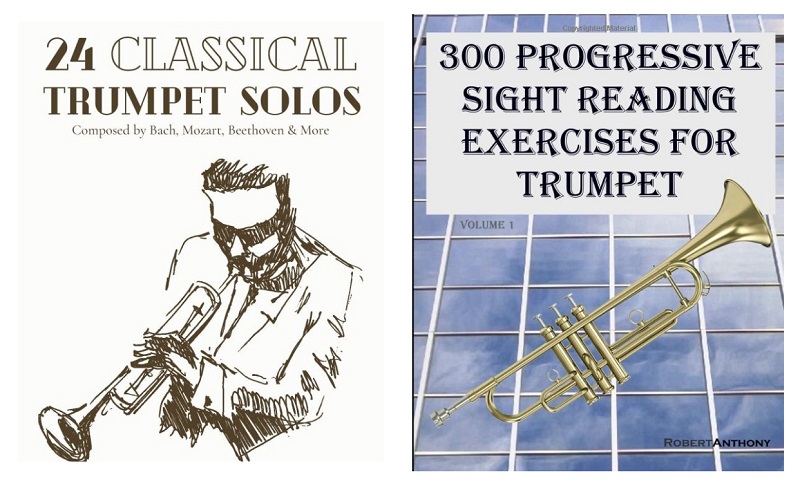
Halfnote Press 24 Classical Trumpet Solos has solos composed by some of history’s greatest composers including Bach, Mozart, Beethoven, JS Bach, Debussy, and more. These music sheets are suitable for beginner, intermediate, and advanced trumpet players.
ISBN-13: 979-8633181036. Robert Anthony’s 300 Progressive Sight Reading Exercises for the trumpet cover various major and minor keys. While this book is intended to train sight-reading skills, it may also be used by beginners or those new to reading to acquire basic reading skills. It starts at a very basic level and adds anew note, rhythm, or concept every couple of pages and thoroughly reinforces them throughout the rest of the book.
TRUMPET ART HISTORY
Feature: The Trumpet in Vermeer’s Painting
Although Vermeer’s Art of Painting is not considered a work with a musical theme, it nonetheless represents an important musical instrument of the time: the trumpet, an ancient instrument which held important symbolic meaning.
Clio is described as a girl with a crown of laurel, symbolizing Fame. She holds a trumpet and a volume of the Greek historian Thucydides, symbolizing History.
The young girl who daintily holds the instrument seems to tell us that she will “trumpet” the artist’s work bringing fame not just to himself and his country but to his town as well.
Figure below:
The Art of Painting
by Johannes Vermeer
c. 1662–1668
Oil on canvas, 120 x 100 cm.
Kunsthistorisches Museum, Vienna
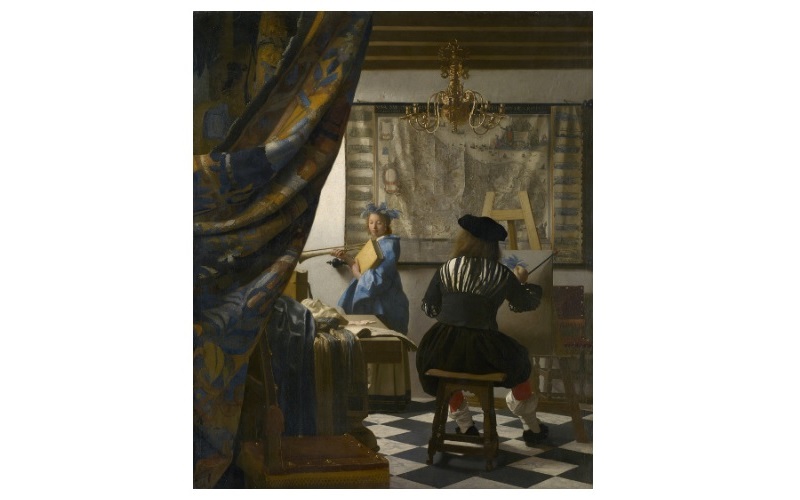
The trumpet, one of the oldest instruments, is already mentioned in the Bible (the divine command to Moses: “‘Make thee two trumpets of silver…,” the “trumpets of Jericho” or the trumpets which shall sound on the Day of the Last Judgment). Its ancient precursors were widespread in Africa and Europe, less in Asia. They were made mainly from ivory, animal horns, or shells (triton), or from shavings of tree bark. Long straight metal trumpets were used in the ancient Egyptian culture (called šnb) both for signaling but moreover as a cult and symbolic instruments demonstrating the royal power of the Pharaohs
Renaissance sovereigns saw in their trumpet ensembles a symbol of their own importance. The Hungarian king Matthias Corvinus had 24 trumpeters at his court, and in 1482 there were 18 at the Sforza court in Milan. In 1548 Emperor Charles V issued a decree putting trumpeters under the direct jurisdiction of the sovereign (fig. 4 & 5). From this time on the social status and distinction of the trumpeters differed more and more from that of the other court musicians.
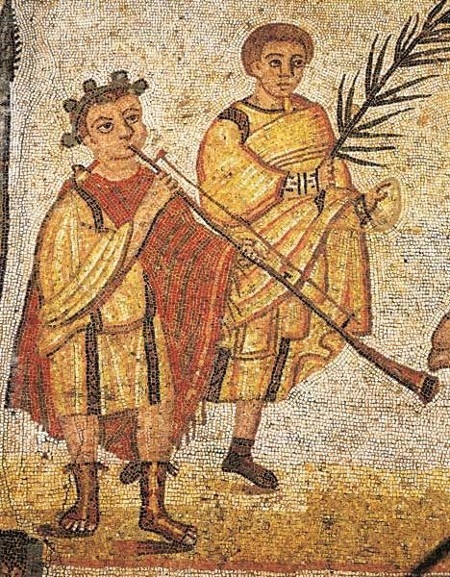
From the end of the sixteenth century, the trumpet was gradually accepted as an instrument for “art music.” The medieval “tournaments” developed into more stylized “carousels” or equestrian ballets.
When Johann Sebastian Bach arrived in 1723 in Leipzig he found an important tradition of trumpet playing.
Bach composed much (but not all) of his most splendid trumpet music for Gottfried Reiche, senior Stadtpfeifer until his death in 1734 and one of the most outstanding virtuoso trumpet players of his time.
Nevertheless, the trumpet continued to play an important role in the brass section of the large symphony orchestras as well as in the military music corps playing in all official state ceremonies up to our days.

